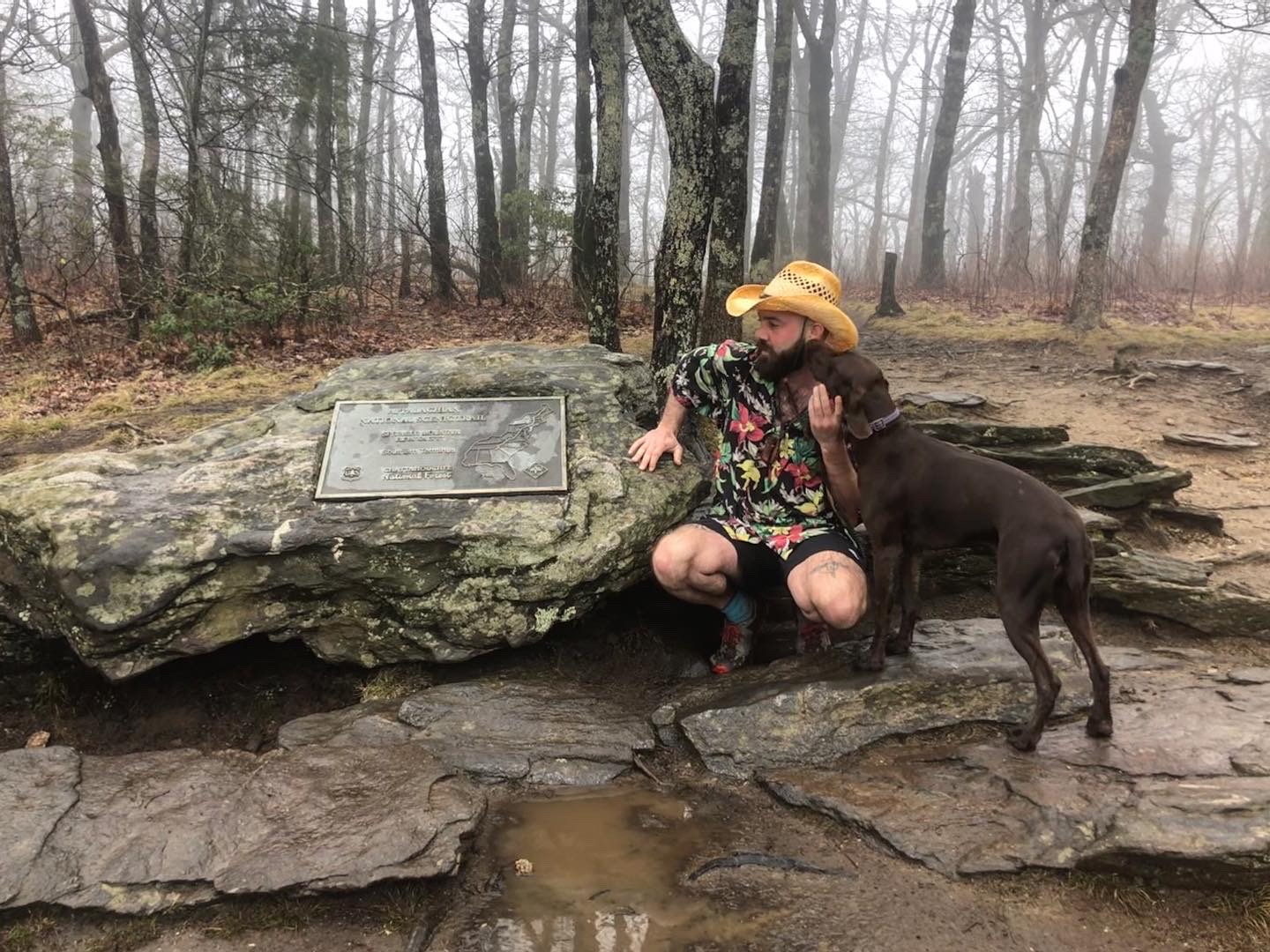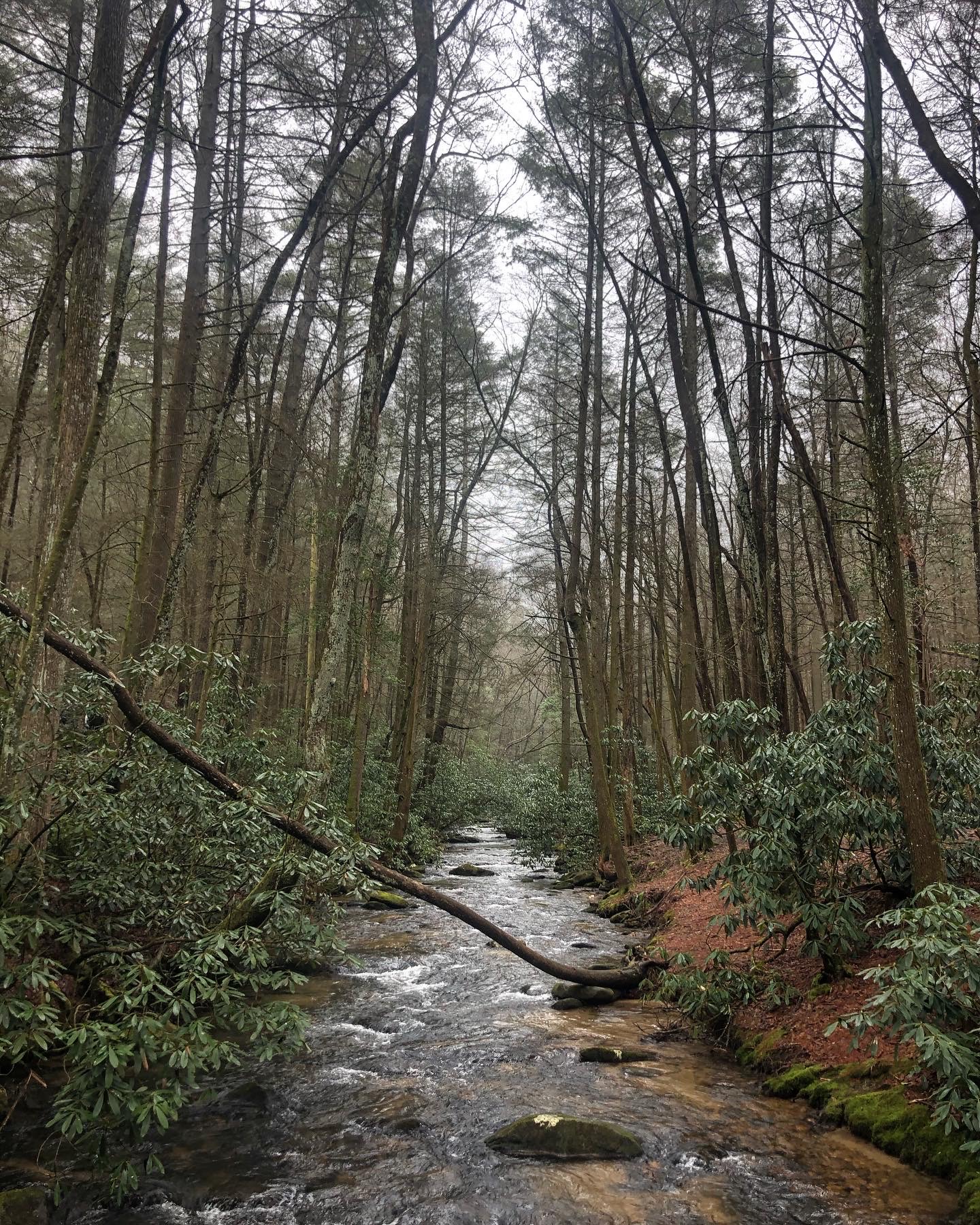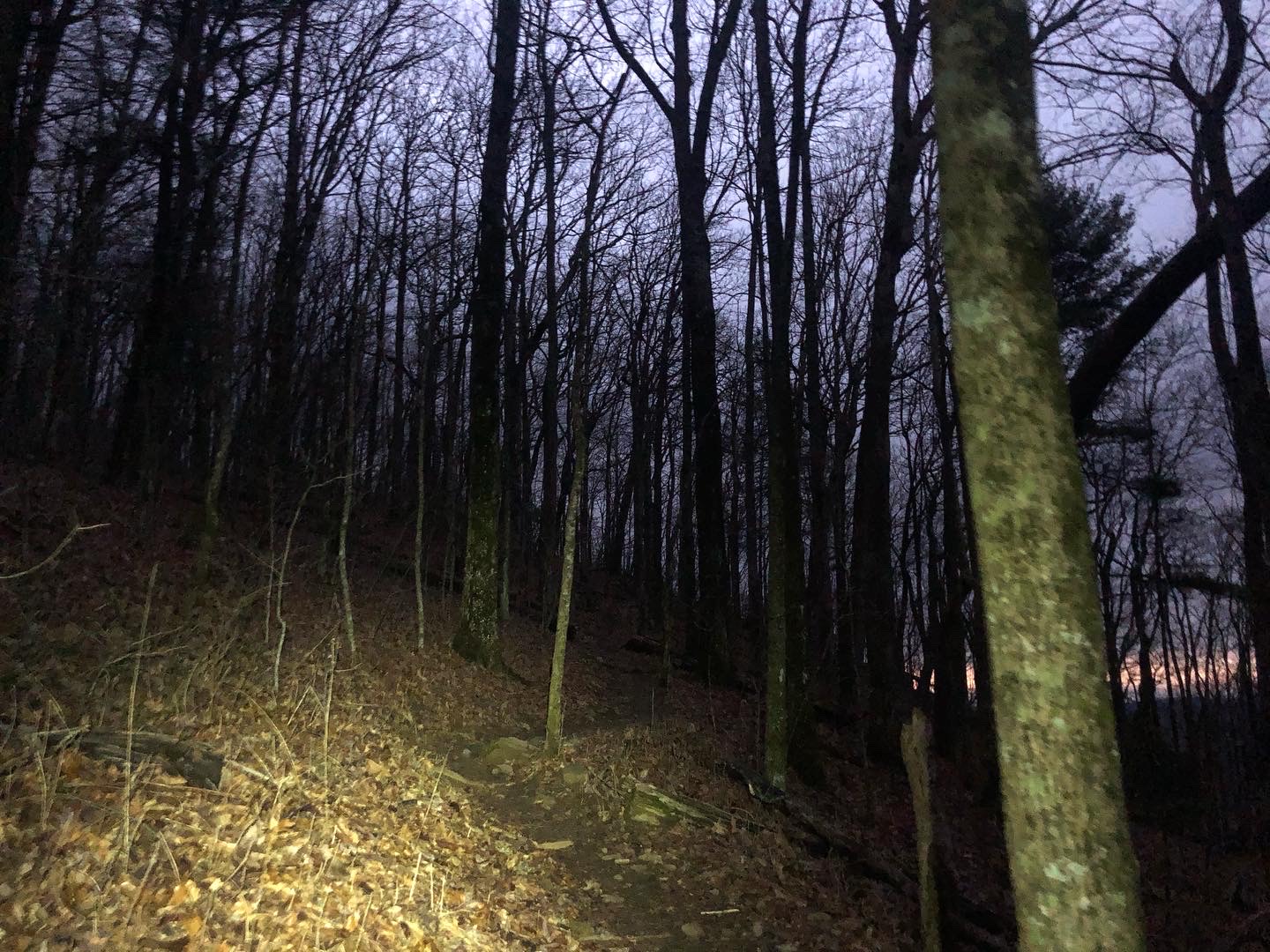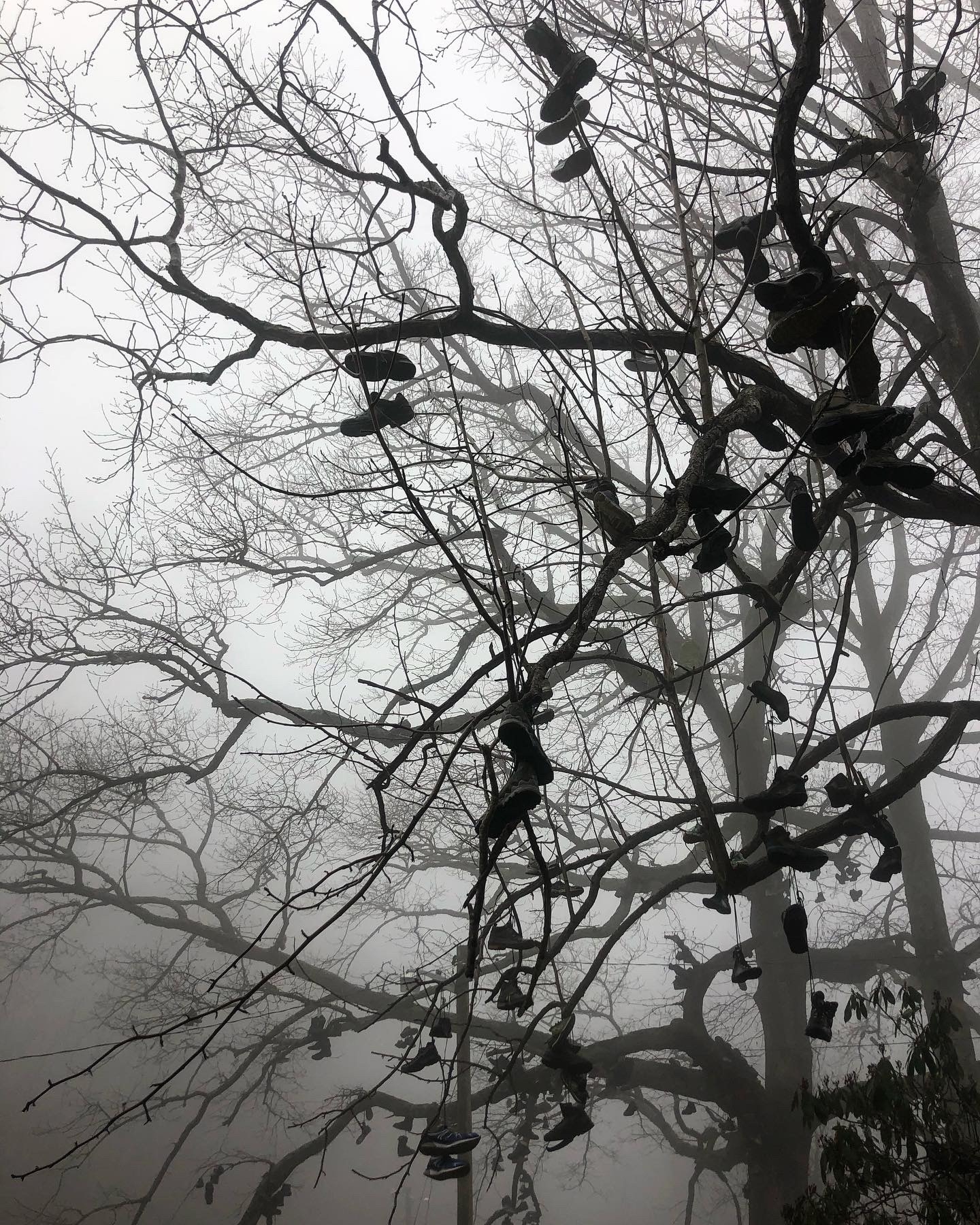People Are a Reflection of the Land
And in turn the landscape is a reflection those people. It is a concept that I have thought on often over the years. More than a static reflection, both the environment and its people create change in one another over time. This relationship extends beyond the geographical and ecological makeup of an environment. Similarly the effect one’s environment has on an individual is more than warm clothes to fight off the cold or an enviable tan from a multitude of days that trend toward the sunnier side of life.
Expand your lens a little bit and the impact on the land will likely include the effects of industry booms, agricultural cultivation, urban planning, and recreational development, among other things. The finer details are in part influenced by what existed on the land prior to these additions from the human element. For the people, your politics, leisure time, business, diet, music, art, language, and the general cadence of everyday life is in no small part steered toward one direction or another because of the land you reside within. Pour all this into one big pot and you’ve got your “environment” soup. It is a part of how you act, who you are, and what sort of impact you have on the people and spaces around you. The interconnectivity of one’s own experience with the greater whole is unavoidable.
Wilderness Is a Feeling
In no way, form, or fashion did I choose to hike the AT for a wilderness experience. As I’ve mentioned before I’ve spent the better part of the past decade living and working out of a tent in the mountains. At first it was all wilderness to me but the more time I spent outdoors, the harder wilderness was to find. The idea that wilderness existed in the United States objectively before Columbus set sail is lie that whitewashes the history of public lands. Wilderness is a feeling. That feeling manifests uniquely to each and every individual who is captivated by it. For me that feeling comes from a lack of security in an outdoor setting where the effects of that relationship between humans and the environment are not easily perceived. Trails, built by humans (18-24 inches wide on average), populated by a horde of day and thru-hikers, is not my idea of wilderness. That’s OK. Again, I wasn’t looking for wilderness.
The AT Experience, a film by a thru-hiker named Reptar, was one of the most powerful and informative documentaries I have seen on the trail. That experience to me was uniquely beautiful because of that interplay between humans and the environment. It was not a documentary filled with footage of picturesque landscapes untrammeled by mankind. The scenery was there for sure. It was well curated and composed but the film really shined when highlighting the hikers, trail angels, public lands employees, volunteers, and the local communities along the way. These people and communities, in tandem with the journey through the landscape, were the heart of the experience.
A Shared Experience
Walking up the Approach Trail on March 15 was not a pleasant day. It was chilly and wet out but everyone, from the Appalachian Trail Conservancy (ATC) folks who registered me to the day hikers and would be thru-hikers, were nothing but smiles. I was too. Over the next few days I’d eat ramen, nurse my wounds, receive a trail name (Panama), listen to an audio book, spontaneously howl, make new friends, and groan every morning as I warmed up my sore muscles after a poor night’s sleep. My pad kept me up all night squeaking like a rubber boat. I almost got the trail name Gilligan due to its noisy inclination.
It was not comfortable. It was muddy. I wanted pizza, desperately. It hurt. It was wet. I rolled my ankle twice my second day. It was a shared experience. I loved every minute of it. On the evening of March 17 I received the news of the ATC’s announcement to advise hikers to get off the trail. There was service at my tent site. I ended up going down an internet hole that lasted far too long reading about the virus. It seemed that over the course of less than a week it had gone from “make sure you social distance and wash your hands” to “please stay six feet apart in an orderly line as you make your way to the closest quarantine bunker” because the world is ending (and in all seriousness it has, for far too many people).
In the Shadow of the Coronavirus
I made no decisions that night. The next day I broke camp at Lance Creek before daybreak and made for Neel Gap. Making a vow to rid my mind of the virus until my destination was futile. On top of Blood Mountain a number of hikers were talking about it and my entire way down the mountain it enveloped my thoughts. I’ll admit I was skeptical but concerned. I hoped that this was all overblown. I’d never heard much other than the occasional news blurb about any of the other viruses over the past decade and had never met anyone personally as of yet who had contracted any of those viruses or this one. The threat felt abstract.
After a night in a cabin nearby I considered getting off the trail but I just couldn’t bring myself to leave the trail, no matter the reason, at Mountain Crossings next to the “quitters” tree. All those shoes dangling in the branches were jeering at me. I have my doubts that all those shoes and boots actually came from people who quit but either way that’s the narrative. One more stretch of four days on the trail, I thought. Just take it week by week, step by step and then re-evaluate. See how much the world has changed.
One more day and night on the trail was all it took. I didn’t need to see how much the world had changed. The trail had. Everyone was talking about it around the campsites and on the trail. There was a palpable tension in the air and anxiety that had seeped into the hikers in my bubble. Maybe I was just projecting but I don’t think so. This virus was not just going to change the world around us while we hiked; it was going to change the trail. We were now hiking in the shadow of the coronavirus. It had become part of the landscape.
Life Is 10% What Happens to You, 90% How You Respond to It
My last night I did my best to soak in the vibes of camping near a little fire and chatting with my neighbors. Again attempting to enjoy the moment and put the virus out of my mind and the conversation. The results were mixed. The next morning I woke up and texted my dad to ask if he could pick me up. I had the good fortune of family nearby who could host me while I gave it a week or two to watch how things developed. Most on the trail were not so fortunate as to have an easy escape plan ready and available. From their house I could wait and watch and possibly get back on the trail in a few weeks or begin to plan a southbound hike from Maine in June.
March 20 was the day I got off the trail at Unicoi Gap. Since then it has become clear to me that this likely will not be over come June. I also would no longer have the time nor funds to finish the trail from Maine down anyway. I took some time before writing this post. At first bitterness and defeat were all I felt. I needed to grieve the loss of my hike. Obviously the loss of a life is about as bad as it gets, but I encourage everyone to allow yourself a moment to mourn. Everyone is experiencing loss or hardship of some kind right now. It is real, you feel it, and you will be better able to live with it if you do.
Whatever your environment, it is pretty safe to say the coronavirus is a part of that landscape now. It will leave its mark on us. How we respond to it will determine what kind of trail we walk back out on afterward. It will determine what kind of world we walk back into, not only next year, but for years to come.
This website contains affiliate links, which means The Trek may receive a percentage of any product or service you purchase using the links in the articles or advertisements. The buyer pays the same price as they would otherwise, and your purchase helps to support The Trek's ongoing goal to serve you quality backpacking advice and information. Thanks for your support!
To learn more, please visit the About This Site page.







